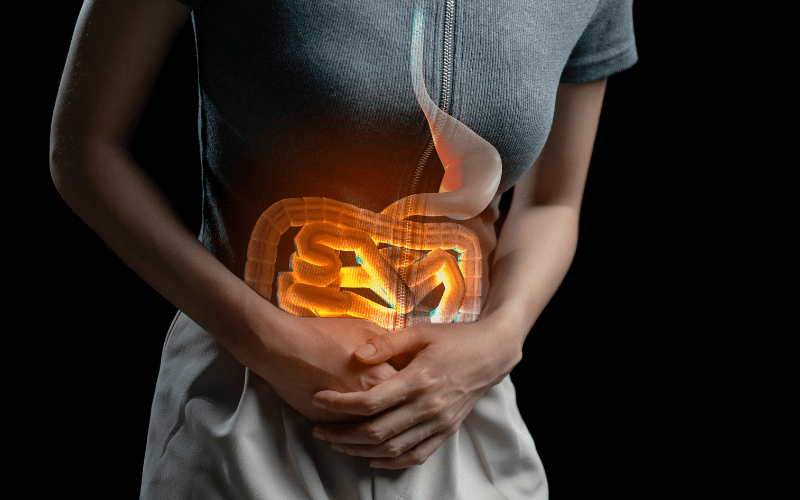Introduction: Essential Symptoms of Intestinal Ischemia to Look Out For
Our body has a fascinating way of signaling when something’s off. One such signal is the emergence of certain symptoms, indicative of a condition called Intestinal Ischemia. For those unfamiliar, Intestinal Ischemia revolves around restricted blood flow to the intestines, a situation that demands timely intervention. Recognizing the symptoms early can be the difference between manageable treatment and severe complications.

So, why is it vital to be well-informed about these symptoms? Well, a lack of awareness often leads to delays in diagnosis and treatment. Many brush off these symptoms, attributing them to less severe conditions like general digestive discomfort or stress. But the reality is far more critical.
The symptoms of Intestinal Ischemia are varied, from abdominal pain to unexpected weight loss. Some might manifest suddenly, while others can be more insidious, lurking in the background before making their presence felt. Each symptom, regardless of how insignificant it might seem, plays a pivotal role in painting the larger picture of your intestinal health.
Our aim here is to delve deep into these symptoms, ensuring you’re equipped with the knowledge to identify them early on. With a better understanding, you can act promptly, consult with healthcare professionals, and embark on the path to recovery. After all, knowledge is power, especially when it comes to safeguarding our health.
1. Abdominal Pain and Cramps: Intestinal Ischemia’s Troubling Red Flag

Abdominal discomfort is an experience many can relate to. But with intestinal ischemia, this pain isn’t just a fleeting annoyance. It’s more intense, often described as sharp or cutting. This is primarily due to the intestines not receiving an adequate blood supply, causing tissue damage and inflammation.
Interestingly, the pain linked to intestinal ischemia might worsen post meals. This happens because our intestines require increased blood supply during digestion. If there’s a restriction, the pain amplifies. However, this symptom has a chameleon nature. It can sometimes be mistaken for other digestive issues, like gastritis or ulcers.
The location of this pain can also offer clues. It predominantly focuses on the center of the abdomen. Over time, as the condition progresses, the intensity of the pain escalates. It’s not just a dull ache; it’s a persistent throb, a cry for help from the starving tissues.
The duration varies among patients. Some might experience these pain bouts for hours, while others might endure it for much longer. Though many factors can trigger abdominal pain, when it’s persistent and excruciating, with a pattern of intensifying after meals, it might be signaling ischemia’s sinister dance. (1)